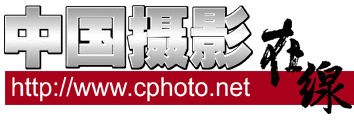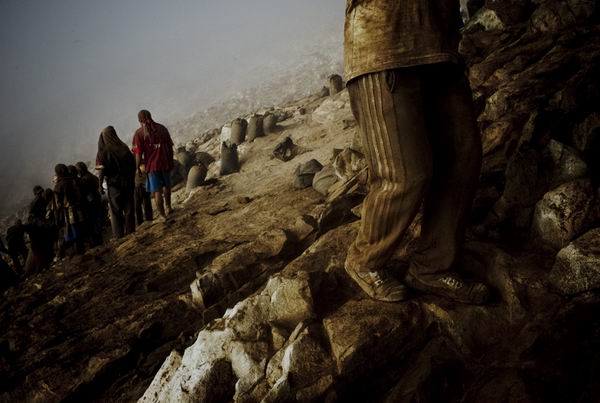|
|
|||||||||||
|
10-01:Sea birds, mostly Piqueros (Peruvian Booby) flying over Guaape Norte Island in the coast off Peru, April 19, 2009. 2009年4月19日,大群海鸟飞过与秘鲁海岸遥相呼应的小岛上空。
10-02:Domingo Leon, 63, scrapes and brushes the dung off from the harsh rocks of Guaape Norte Island. The collection of guano is a strenous job, their daily task is to collect around 35 sacks of 50kg guano. Photo taken on April 16, 2009. 2009年4月16日,在与秘鲁海岸遥相呼应的小岛上,63岁的里昂用铲子和刷子将鸟类粪便从岩石上剥离下来,他每天规定的工作量为50公斤。
10-03: A laborer throws the feathers and bones away at an island off the coast of Peru.. The stone walls were built to hold the guano while it is accumulated during a 10 years period. Then workers come back to collect it. Photo taken on April 17, 2009. 2009年4月17日,在在与秘鲁海岸遥相呼应的小岛上,一名工人把无用的羽毛和鸟骨倒入海中。被修建在岩上上的小石墙用来积累粪便,10年后工人们将返回岛上,重新开始收集工作。
10-04:Workers are loaded with a 50kg sack of guano. Each porter has to carry 125 sacks a day. April 19, 2009. 2009年4月19日,工人们在小岛上运送粪便,每袋重达50公斤。他们每天的工作量为125袋。
10-05: A worker carries a 50kg sack of guano through the harsh rocks to the sieve, as others line up to receive sacks. Photo taken on April 20, 2009. 2009年4月20日,一名工人将收集物送去过筛,其余工人正在排队等待分给自己的麻袋。
10-06:Workers, many of whom are barefoot, line up to receive a 50kg sack of guano. Every single corner of the island is used by the birds to nest. Workers are not allowed to walk outside the working area so as not to scare birds away while nesting. During the years that the island is not under collection campaign, a guard assigned by the company will keep visitors away and protect the birds. Photo taken on May 18, 2008. 2008年5月18日,工人正在排队等待分给自己的麻袋。岛上的每寸土地都要留给鸟类筑巢栖息,工人们只能在工作区内活动。工人们离开后,岛上会留一名保卫人员,阻止游客进入小岛。
10-07:At the end of the working day laborers are exhausted. They live and work in the island during three months shifts, earning around 280 euros a month. Here they are waiting for the lasts sacks of Guano of their task. Photo taken on May 18, 2008.2008年5月18日,一天下来工人们已精疲力尽,他们在等待最后一批搬运鸟粪的任务。这些工人居住在岛上,每三个月倒班一次,每次挣280欧元。
10-08:Workers relax at their berths in the afternoon. April 16, 2009. 2009年4月16日,工人们下午在宿舍休息。
10-09: Workers bet cookies as they play cards. Photo taken on April 17, 2009. 2009年4月17日,工人们以饼干为赌注玩扑克牌。
10-10:On a foggy afternoon, an old platform is used to load a barge with the sacks of guano. April 20, 2009. 20094月20日,工人们用驳船进行运送一袋袋的鸟粪。
|










